Atlanta Bird Control
Welcome to Bird Removal of Atlanta! We specialize in the humane and effective resolution of human/bird conflicts in the Atlanta metro region, and throughout Georgia. Whether you have a single bird in a building, or need to prevent pigeon roosting (and bird droppings) on a large architectural project, we can solve your Atlanta bird problem effectively and professionally. We install exclusion materials to keep birds away, and even provide pigeon trapping as a means of Atlanta bird removal. We are not a pest control company, but rather wildlife, bat, and bird specialists only. Click on our Atlanta Prices page to find out more about our prices for bird control work. You can also read the topics addressed on this website to learn more about how to resolve your specific bird conflict. We look forward to hearing from you.
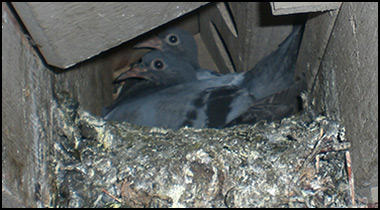
Atlanta Bird Removal & Structural Repairs
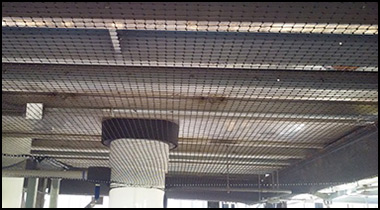
Exclusion Netting & Spike Installation
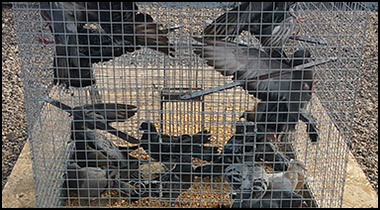
Georgia Bird Trapping & More
Call 24/7 to discuss your Atlanta bird problem.
Same-day or next-day appointments: 678-535-3705
Thorough inspection of your property.
Written estimates for bird project.
Fully Georgia licensed and insured.
Structural bird exlusion netting.
Anti-roosting spikes and shock track.
Aurel dispersion and bird harrassment.
Bird dropping cleanup and sanitation services.
Bird damage repair and building exclusion.
Our Service Range - 678-535-3705
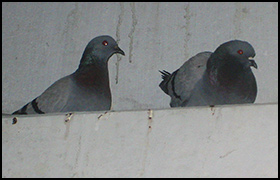
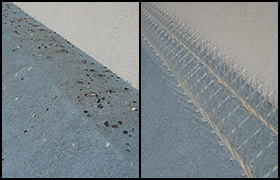
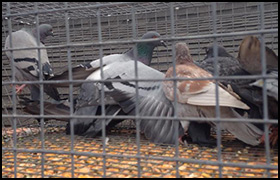
For bird control and general wildlife removal, visit the www.atlantapestanimal.com website.
Biology of Pigeon: Appearance, biology, life cycle, habitat, diet, behavior
Pigeons have been around for quite a while – much sooner than people. They started a few million years back in Asia. Pigeons range all through the United States and the vast majority of Canada and are found in every single metro zone. Pigeons have been kept and brought up in captivity. The regular pigeon was foreign made by early pioneers as food creatures and to serve as transporters of messages. They were initially called "rock birds" and are firmly identified with pigeons.
Pigeons are outgoing and have a tendency to be found in little runs of around twenty to thirty winged animals. Seeds and grains make up the main part of their diet, yet they are willing to test pretty much anything. A pigeon home is normally built with little twigs and situated on secured constructing edges that look like bluffs, a Rock Dove's characteristic natural surroundings. The male conveys the settling material to his mate, one piece at once and she manufactures the home, typically well-covered up and elusive.
Pigeons reproduce consistently amid winter, and can raise four or five young yearly. The female generally lays two eggs. Both alternately keep the eggs warm. The male typically remains focused in the homebased amid the day; females around evening time. Hatching takes around 16 to 19 days and the youthful are nourished yield milk for about the initial two weeks. In the long run seeds replace the milk. There are 28 pigeon color kinds. Pigeons have beautiful, brilliant neck plumes which are known as a "plumage." Adult guys and females resemble the other alike, yet a male's mantle is more luminous than a female's. Pigeons that are all white are generally pale skinned people. These white "birds" are much of the time discharged amid functions to symbolize adoration and peace.
Grown-ups have orange or ruddy orange eyes. Adolescents that are under six to eight months old have medium cocoa or grayish chestnut eyes. Pigeon visual perception is amazing. Like people, pigeons can see shading, however they can see bright light – part of the light range that people can't see. Pigeons are here and there utilized as a part of human pursuit and-salvage missions in view of their remarkable vision.
Pigeons can hear sounds at much lower frequencies than people can, for example, wind blowing crosswise over structures and mountains, far off electrical storms and even far-away volcanoes. Delicate hearing may clarify why pigeons at times take off for no clear reason. Pigeons have a novel drinking conduct. Most winged animals take a taste of water and toss back their heads to give the water a chance to stream down their throats. However, pigeons suck up water, utilizing their snouts like straws. Pigeons can fly up to 40 or 50 miles for each hour and may fly similarly as 600 miles a day. They appear to have the capacity to distinguish the Earth's attractive fields.

